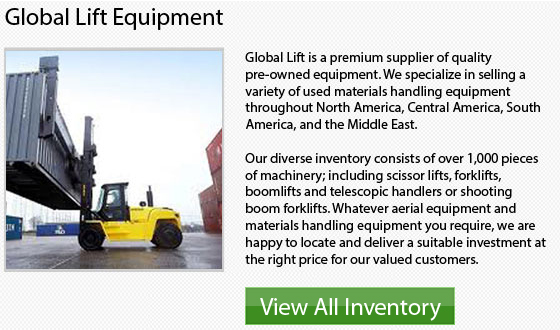
Safety Requirements for Scissor Lifts
Scissor lift machines are called "moveable scaffolds," based on the OSHA. These industrial equipment are capable of lifting heavy and large loads that are balanced well. They are responsible for moving workers and their supplies to and from high areas in an efficient and safe manner. Because these mobile heavy machines are classified as heavy machinery, there are a lot of safety standards that apply to the use and maintenance of scissor lifts.
Movement
Scissor lifts can be moved on wheels or driven around to make them able to access a variety of places. These pieces of machinery have been designed to move heavy loads, individuals and equipment up or down from height. For safety reasons, employees are not allowed to ride on a scissor lift during the relocation process. Generally, this is to help make certain that no one falls from the equipment while it is being utilized. All employees working around a scissor lift as well as directly with the machinery must be informed about its movement prior to the operator releasing the safety brake in order to make the lift move. Constant communication around heavy machinery helps keep the working place and all individuals in it safe.
Fall Protection
To be able to guarantee that employees prevent falling when using the equipment, there are several safety regulations to consider about forklift safety standards. Though scissor lifts are not required to be enclosed, there are features like guard rails positioned around the lift perimeter as well as a lock that has to be engaged on the lift platform entrance each time the lift is being used. There are also slip guards in position for added safety.
Another good safety habit workers must make is ensuring that heavy cargo or anything on the lift platform is fastened down in a secure manner prior to moving the lift to be sure that nothing causes anyone on the lift platform to become injured.